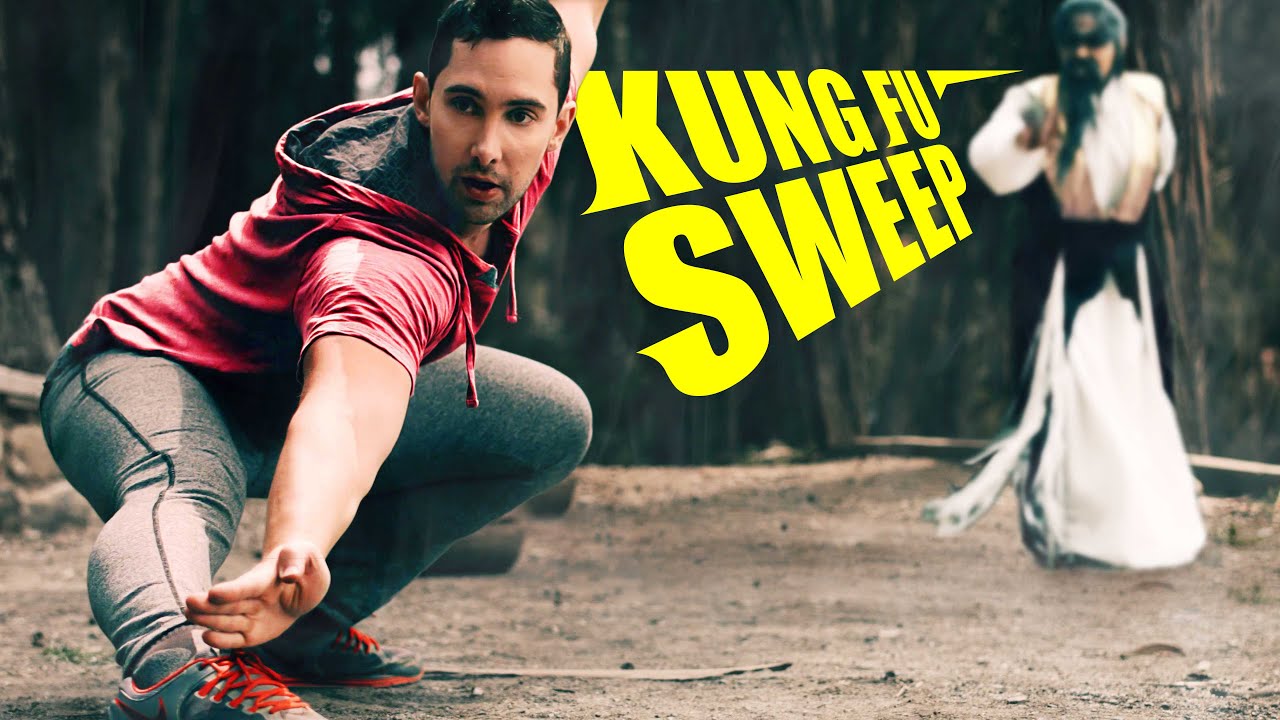Plantar Fasciitis & Heel Spurs
Plantar Fasciitis is a painful inflammation of the plantar fascia (arch tendon of the foot). It is an overuse injury which gets worse from activities like gymnastics (tumbling), rope skipping, sprinting etc. Heel spurs are bony growths on the heel bone (calcaneus) where the arch tendon (plantar fascia) is attached to the heel. The symptoms are similar but an inflammation can heal faster than a spur. Heel spurs can be seen on an x-ray picture. Long term inflammations of the arch tendon can lead to heel spurs. Find more sports injury related topices at sports injuries main.




